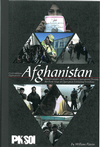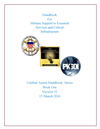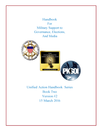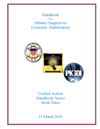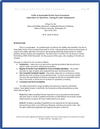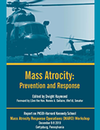Touchstones for the Military Leadership Engaged in Asymmetric Warfare
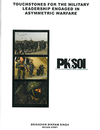
This paper attempts to capture the key features of an asymmetric warfare arena that may provide the military war fighters suitable touchstones in the planning and conduct of a counterinsurgency campaign. This effort besides digging into a plethora of literature also takes into account the experiential base of the author.

